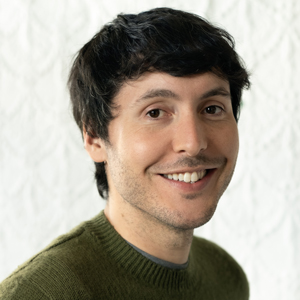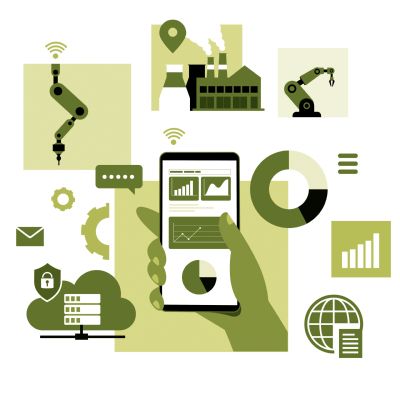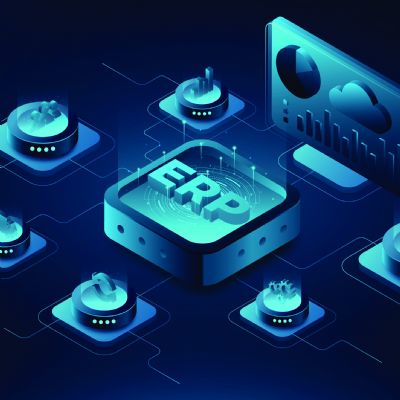Rothenberg: We believe that software, hardware and materials must be deeply connected for an engineer to realize an optimized design for AM. Over the next few months, you will hear more about architected (multiphase and/or cellular) materials and how our software enables engineers to capture design requirements for specific materials, use simulation to optimize for a specific process, and define manufacturing constraints for specific processes. Once finalized, we output the design directly to manufacture as slices. To complete the loop, we’ll also take in scan data of an as-printed part and use that to compensate the geometry for the next iteration.
3DMP: What are some of the greatest 3D metal printing challenges from a software perspective?
Rothenberg: The greatest challenges heard from customers: They can’t create the intended geometry in their traditional CAD tools, and that the mesh files they have to work with are too big. The engineering software industry has been based on a specific type of digital model (a surface-based boundary representation), which is okay when manufacturing a simple part. In order to represent the level of data necessary to take advantage of AM, new ways of representing the 3D geometry are necessary.
3DMP: How does nTop Platform address these challenges?
Rothenberg: The industry has struggled to capitalize on AM and other advanced processes because modeling, optimizing, testing and simply changing designs just does not work. It takes too long and it is frustrating.
We have commercialized a more reliable and faster technology to represent the 3D geometry called a function-based representation. This means that modeling operations do not fail, even when adding millions of little fillets between a lattice and a solid. Additionally, the model is much lighter weight, and evaluates in parallel, so that we can leverage processor cores on the CPU and GPU.
In addition, teams can engage in collaborations resulting in better geometries and more cost-effective, durable products that quickly can go to market. Difficult challenges in creating lightweight lattices, conformal cooling, functional-structure experiments and production can be overcome. For example, the final step in preparing AM-ready models is to create contour slices. Our platform generates and specifies additive tool paths and scan patterns to deliver directly to machines without the use of intermediate STL files. This produces an order-of-magnitude savings in time-to-manufacture and produces a higher-quality, more precise part.
Moreover, we are enabling engineers to make upstream design changes in CAD that fully rebuild down the design chain in nTop Platform. To date, Lockheed Martin, GM, Volvo, Renishaw, Zenith Tecnica, Betatype and Tangible Solutions have entered partnerships with us to explore these capabilities—with some already launching to market.
3DMP: Please describe advancements in topology optimization over the past few years; what benefits have these advancements brought to designers and builders?
Rothenberg: AM has flipped the relationship of software and hardware on its head. It used to be that you could come up with the shapes in the computer that would be impossible to make. For example, topology optimization was popular amongst academics 30 yr. ago, but didn’t really gain industrial use until recently. Today, the manufacturing processes are capable of making shapes that the current standard of design tools cannot represent. Why? Because the tools were designed at a time when drawings and traditional manufacturing were the paradigm. Now we can actually build the parts, with researchers pushing what is possible even further: new design constraints/objectives such as more advanced physics, optimizing for a specific manufacturing type, and leveraging more advanced algorithms to represent more complex models that include lattices or repeating structures. The hardware advancements have sparked a renaissance-like movement in the engineering-software space, bringing a completely new level of capabilities and control over complex processes such as AM to the end users, engineers.
3DMP: Are you pleased or frustrated with the pace at which 3D metal printing is progressing?
Rothenberg: Very pleased. Metal AM now produces mission-critical components. It’s real now, and the industry is ready. Design tools are lagging, but we exist to solve this. This quite possibly is the most exciting time in the industry, as we are past the hype.
3DMP: What does the future hold for 3D design software and its users, and for 3D metal printing?
Rothenberg: We hear most often that the barriers to wider adoption include the need for more automation in design process and STL files that introduce uncertainty into the build process, causing data-handling and build-crash issues. Other barriers: part complexity making the design process really long and/or difficult and, in general, existing design software holding back engineers from optimizing parts to take full advantage of AM processes. Our role is to break down all of these barriers and deliver the ability to leverage AM to build the best parts, faster. 3DMP
See also: Ntopology
Technologies:
 Joe Jancsurak
Joe Jancsurak 3D Metal Printing: What excites you most about 3D design and metal 3D and their potential?
3D Metal Printing: What excites you most about 3D design and metal 3D and their potential?







